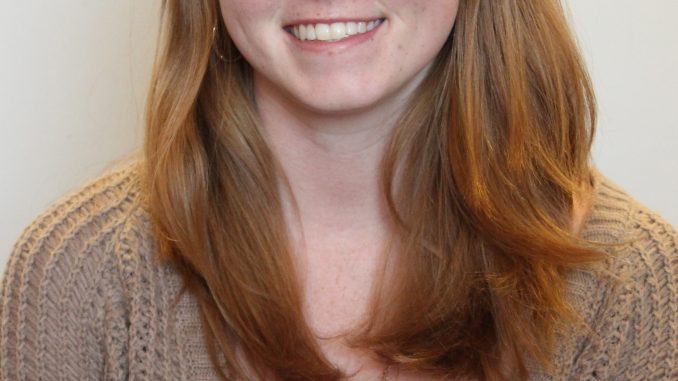
The Board of Trustees recently approved a $28.5 million facility to be built at the corner of 15th Street and Montgomery Avenue, which will serve as both an indoor recreation and training center and as classrooms and labs specifically designed for the use of College of Public Health students.
Buildings like the multi-use facility, though, have not been the focus of recent conversations about on-campus construction at Temple. The logistics and moral implications of building the proposed on-campus football stadium garnered mass amounts of attention this year from media and students alike.
“President Theobald said ‘Football and athletics are the doorstep to a university.’ I thought academics were the doorstep to a university,” Philip Gregory, a Stadium Stompers leader and sophomore English major, said to a crowd at the “Stadium Stompers’ “Day of Action” last Thursday.
Many feel Temple is focusing only athletics, but that is not the case.
The new library under construction on the corner of Liacouras and Polett Walks is now estimated to cost $170 million, $20 million less than the original estimate, Dean of Libraries Joseph Lucia told me. Special features include a study area that will be open 24 hours and a robotic arm retrieval system for fetching books. The design also includes open spaces to encourage more student engagement and research, making the new library a streamlined center of academic enhancement.
“The particular function of a library on a college campus is to serve as an inspirational space to help students feel connected to learning and the intellectual history that they’re becoming a part of as they develop themselves as students,” Lucia said.
He said Paley Library on Polett Walk is being replaced for several reasons, including increasing costs of repair, a lack of adequate seating and the need for a “better work environment for students that is looking toward what the university is going to look like in the 21st century.”
“As a facility, Paley Library does not communicate the nature of the current academic experience at Temple, meaning the quality or depth of the experiences students have,” he said. “You’d be hard-pressed to find a campus of our size that is using a library building that was opened in the mid-‘60s that hasn’t been extensively renovated and expanded or, in fact, replaced.”
Lack of adequate academic resources is also a reason the multi-use facility is being built.
“We have been in desperate need for clinical classroom space for our physical therapy and occupational therapy programs,” Laura Siminoff, the dean of CPH, recently told The Temple News. “We will be able to provide our really, really outstanding clinical faculty and our great students with really first class space for clinical education.”
The Science Education and Research Center, a $137 million project that opened in the fall of 2014, was built due to lack of appropriate spaces on Main Campus for research and teaching within the College of Science and Technology. The seven research centers, 52 research labs and open spaces meant for collaboration all currently housed within the SERC are available for CST students and faculty to interact and innovate.
To give more insight on the money the university is spending on athletics versus academics, the stadium is proposed to cost $126 million. The combined cost of the three academic projects mentioned before is larger than the stadium’s budget by $209.5 million. Both the SERC and the new library individually cost more than the proposed stadium.
I am aware every college at Temple does not have its own $137 million research center building. However, as Temple grows, the possibilities are endless for the enhancement of students’ education in every field.
According to Temple Now, Wachman Hall, home of the mathematics department, was renovated to increase classroom space on campus and use glass walls to “maximize the benefits of sunlight and to increase the feeling of energy and action inside the building.”
The interior of Annenberg Hall, home to the School of Media and Communication, is also being renovated to improve safety features and modernize the building.
“We sure have made a heavy investment in academic facilities the last few years and even with projects underway right now,” said Jim Creedon, senior vice president for construction, facilities and operations, in an email.
The time and efforts of administrative officials are also invested in these projects to enhance the quality of Temple’s education.
“The idea of monumentality and having an iconic building is definitely something we thought about from the get-go,” said Margaret Carney, university architect and associate vice president, at a panel discussion earlier this month about the process and goal of building the new library. “There’s no doubt at all that this building will be the most important building on Temple’s campus.”
While the library and other projects embody the future of Temple’s education, the proposed stadium embodies the current climate of Temple’s community relations.
I am against the stadium and how it will affect, if not destroy, Temple’s burdened relationship with the community. But I do think it is unfair to say the university is only investing money into the football program.
In the end, numbers do not lie.
Grace Shallow can be reached at grace.shallow@temple.edu or on Twitter @Grace_Shallow.


Be the first to comment